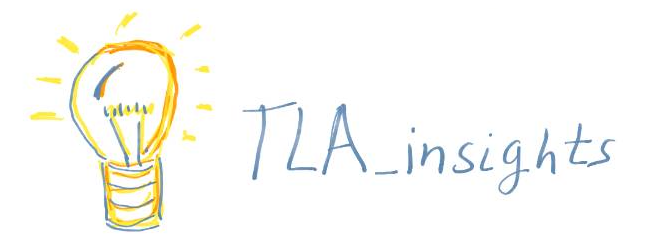TLA_insights digest #4 - Systems Thinking & Product Thinking
Welcome to the digest #4 of my “Technical Leadership and Architecture insights” (or TLA_insights for short).

This is a long overdue “digest”… this delay is mostly caused by quite some other activities going on. Nevertheless, here it is a “digest” of four records I added over the last few months to my TLA_insights: two on Product Thinking and two on Systems Thinking. These are entries that contain a lot of very interesting insights.
Most of these entries are direct references and preparation materials for several talks and articles I worked on over the past 2-3 months. Namely, my Domain-Driven Design Europe (DDD EU) talk on “Sociotechnical Architecture as Enabler of Product Thinking” and a talk I gave for DevOps Lisbon Meetup entitled “Evolving Tech-enabled Orgs Using Sociotechnical Architecture”. I had a lot of fun on these two talks and there are a lot of interesting discussions and follow-up activities. I want to highlight one, namely an interview for InfoQ with Manuel Pais (co-author from Team Topologies), which was placed as a follow-up from the DevOps Lisbon talk. In this interview we go into the subject of why DevOps is Not Enough for Scaling and Evolving Tech-enabled Organizations, and what other things we need to consider to address that. I have published a new article on Sociotechnical Architecture and have two others being prepared on the same topic, so stay tuned for more.
If you found this issue interesting or useful make sure to follow-me on LinkedIn or Bluesky so you get notified of new records in this topic and other TLA_insights areas. I hope you have fun and find some interesting insights here. Don’t hesitate to contact me if you have questions or want to chat about these topics.
TLA_insights digest #4 - System Thinking & Product Thinking
 On Systems Thinking, Russell Ackoff
On Systems Thinking, Russell Ackoff
Systems Thinking opens the doors to actually design “what we want”, not “what we don’t want” (in local parts of the system). This is key as a system is not the sum of the behaviors of its parts, but the product of its interactions. (Ackoff).
 Good Fences Make Good Neighbours, Trond Hjorteland
Good Fences Make Good Neighbours, Trond Hjorteland
An harmonious sociotechnical system where the whole is greater than the sum of its parts cannot be reached without some holistic design. Random and uncontrolled emergence will not necessarily give that desired result on its own because the old machine model where the system is deterministically defined by its part does not suffice. (Trond Hjorteland)
 Product Thinking 101, Naren Katakam
Product Thinking 101, Naren Katakam
Product thinking is about starting from the customer (problem space), understand it and from that create strong “testable hypothesis” to drive (and validate) the building of the product in the “solution space”.
 Escaping the Build Trap, Melissa Perri
Escaping the Build Trap, Melissa Perri
From output to outcome; from shipping (large amounts of) features to discover (“Why”) the ways (“What”) maximizes the value exchange with the customer, by enabling product teams to continuously do that.